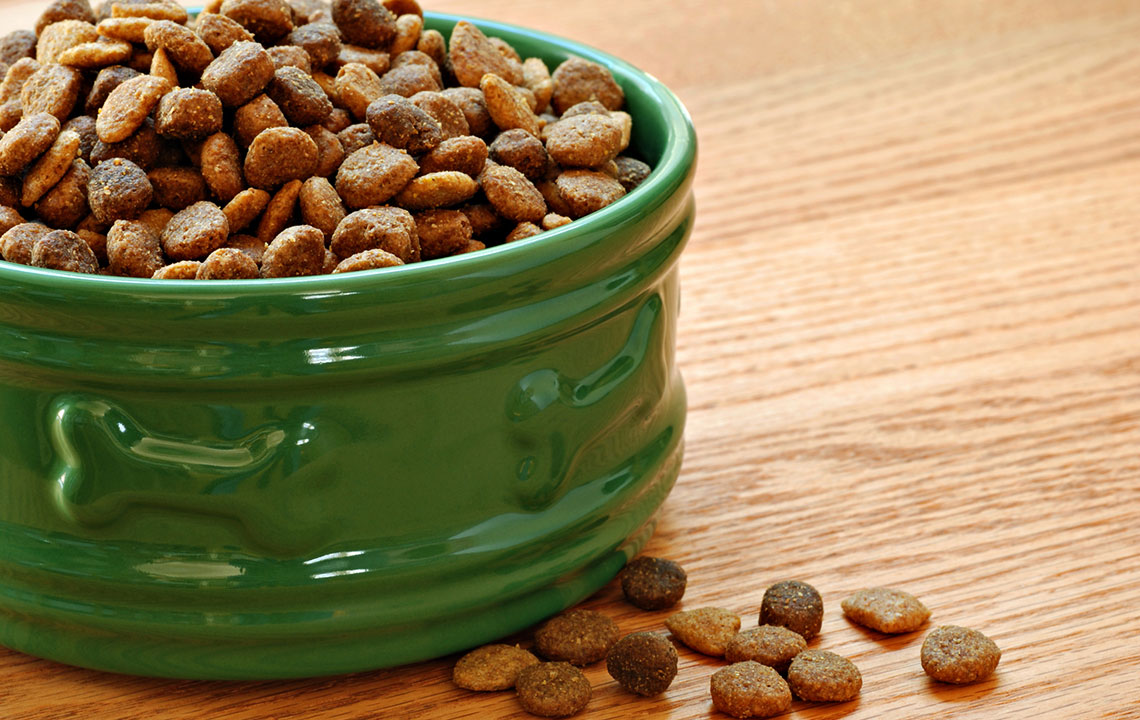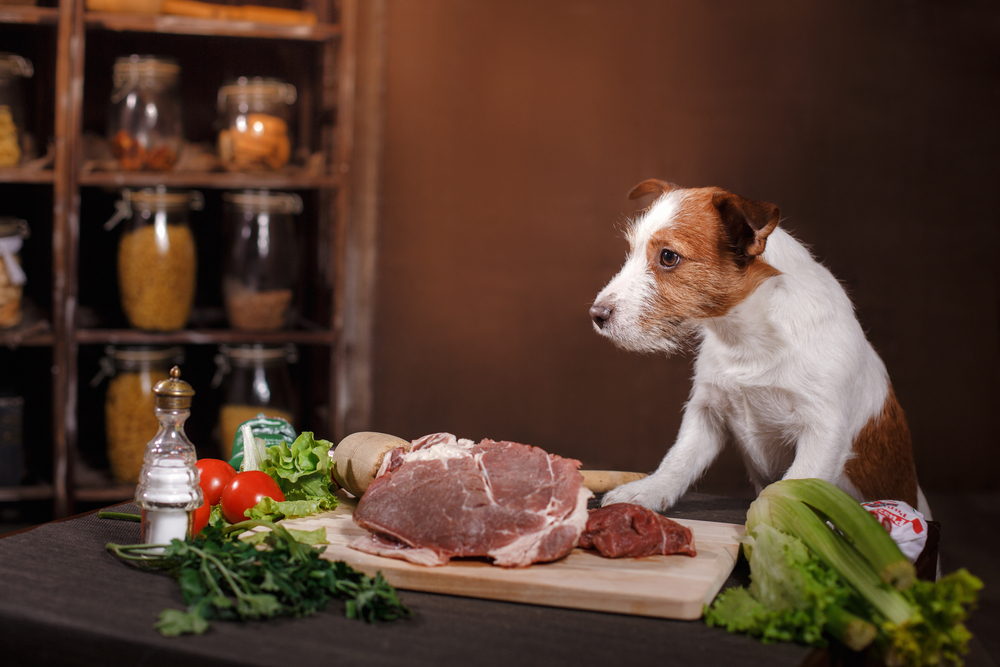Choosing the Ideal Nutrition for Your Dog
This guide helps dog owners select high-quality, premium food, emphasizing ingredients to include and avoid. It highlights dry and wet food benefits, key ingredients, allergens, and tips for choosing the best diet tailored to each dog's needs, ensuring optimal health and nutrition.

Choosing the Perfect Food for Your Dog
Dogs are among the most beloved pets worldwide, and providing them with proper nutrition is crucial. A healthy, shiny coat and a lively appetite depend on feeding your puppy high-quality, balanced dog food. An optimal diet should be rich in protein, low in carbohydrates, and contain moderate fats. Additionally, it’s essential to avoid harmful additives and cheap fillers. Interestingly, there are approximately 3,000 premium dog food recipes available online, offering numerous options for pet owners seeking the best diet for their dogs.
Leading dog food brands create formulas based on these principles to ensure quality nutrition.
What Defines Premium Dog Food?
The best dog foods avoid these ingredients:
- Chemical preservatives
- Animal fats with unspecified sources
- Artificial colors
- Excessive carbohydrates
- Low-quality meat substitutes
Types of Dog Food
Consultation with a veterinarian is recommended when selecting or preparing dog food. While some dogs require lower protein diets, most benefit from high-protein meals to support their metabolism.
Dry Food
Dry kibble remains the most popular choice among premium dog foods, thanks to its long shelf life and convenience. Manufacturers produce specialized dry foods that appeal to many pet owners.
Advantages
Dry foods can be stored for months after opening, are easy to handle, and resist bacterial growth, making cleanup simpler.
Disadvantages
The manufacturing process involves high temperatures, which can lead to elevated carbohydrate levels and reduced moisture content.
Wet Food
Wet foods, available as canned options, often include shredded, minced, or loaf-style meats, making them appealing and flavorful for dogs.
Advantages
These are minimally processed, high in protein, and low in carbs, providing a nutritious meal option.
Disadvantages
Once opened, wet food should be consumed within a few days to prevent bacterial growth, as it is perishable.
Common Ingredients
Proteins
Chicken, lamb, beef, duck, venison, salmon, pork, turkey, whitefish, buffalo, and mackerel
Animal Meals
Turkey meal, chicken meal, duck meal
Natural Preservatives
Vitamin E (mixed tocopherols), vitamin C (citric acid, sorbic acid), rosemary
Ingredients to Avoid
Harmful Preservatives
BHA, BHT, TBHQ, propyl gallate, ethoxyquin
Toxic Foods
Avocado, onion, garlic
Low-Quality Proteins
Unspecified meat, meat meals, animal by-products
Artificial Additives
Colorings, flavorings, cane sugar, corn syrup, propylene glycol, MSG
Tips for Choosing Dog Food
After extensive research and review, experts recommend a select group of brands known for producing high-quality, premium dog foods. Nonetheless, not every brand suits every dog, so personal preferences and needs should be considered.
Favorite Flavors
Dogs, like humans, have taste preferences. Since no single protein source is the best, it’s useful to try various flavors to discover what your dog enjoys most. New pet owners should experiment with different options.
Allergies and Sensitivities
Some dogs develop allergies that manifest as skin issues, diarrhea, or gas. According to Dr. Gary Richter, food sensitivities often stem from protein sources like chicken, beef, or plant-based ingredients such as wheat, corn, or rice.
This guide aims to assist dog owners in selecting the best premium dog food, highlighting what to buy and what to avoid for your pet’s health and well-being.










